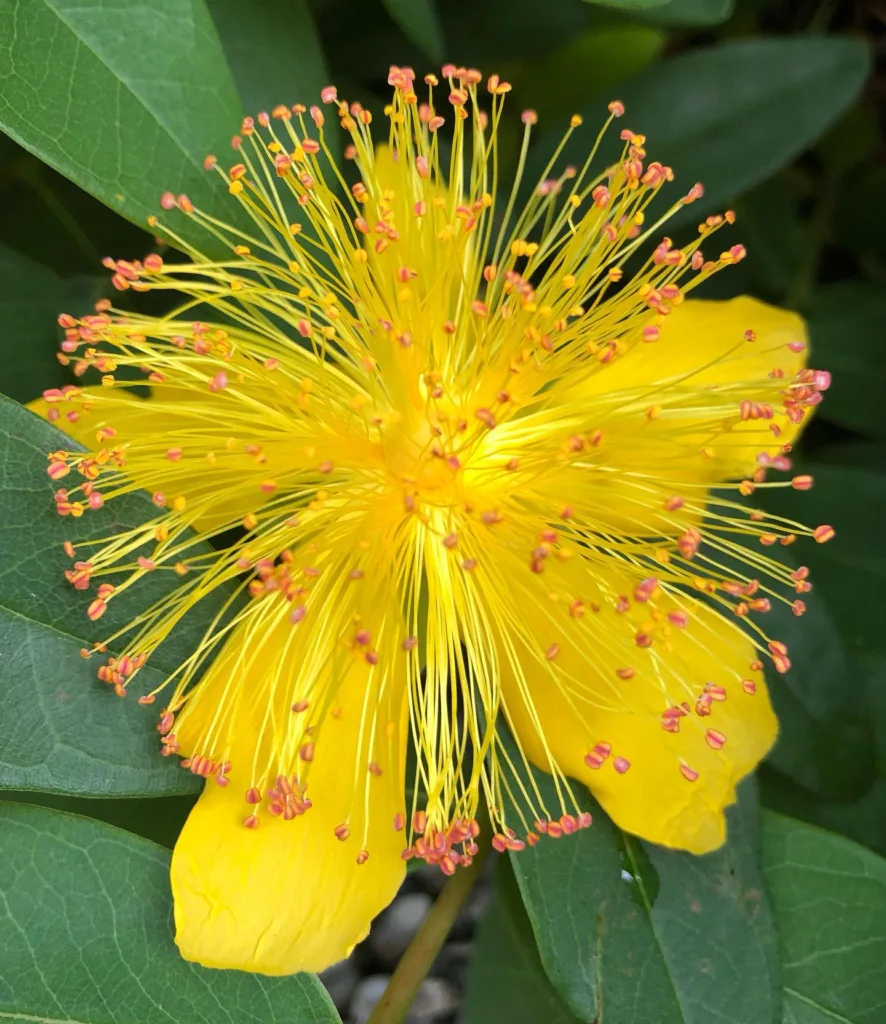
FAQs About Asiatic Lily
Asiatic lilies are a favorite in gardens for their vibrant colors and striking presence. If you’re new to growing these beauties or just looking for some answers, I’ve compiled a list of frequently asked questions about Asiatic lilies to help you out.
What is an Asiatic Lily?
Asiatic lilies (Lilium asiatica) are perennial flowering plants native to Asia. They are known for their large, colorful blooms that appear in a range of hues from bright yellows to deep reds. Unlike some other lilies, Asiatic lilies are not fragrant but are prized for their bold, eye-catching flowers and ease of care.
When Does Asiatic Lily Bloom?
Asiatic lilies typically bloom in mid to late summer, usually from June to August. The exact timing can vary depending on your location and the specific variety you’re growing. These lilies tend to bloom earlier than some other types of lilies, making them a great addition to a summer garden.
How Tall Does Asiatic Lily Grow?
Asiatic lilies generally grow to a height of 24 to 36 inches (60 to 90 cm). However, this can vary depending on the variety and growing conditions. Some dwarf varieties might only reach about 12 inches (30 cm), while others can grow taller.
How to Care for Asiatic Lily?
Caring for Asiatic lilies is relatively straightforward. They prefer well-drained soil and a sunny location, although they can tolerate partial shade. Water them regularly, keeping the soil moist but not soggy. Adding a layer of mulch can help retain soil moisture and keep weeds at bay. Fertilize in the spring with a balanced fertilizer to encourage healthy growth and vibrant blooms.
How Often to Water Asiatic Lily?
Asiatic lilies need consistent moisture, especially during their growing and blooming periods. Water them once a week, allowing the top inch of soil to dry out between waterings. Be careful not to overwater, as soggy soil can lead to bulb rot.
How Deep to Plant Asiatic Lily Bulbs?
Plant Asiatic lily bulbs about 6 to 8 inches (15 to 20 cm) deep. The general rule is to plant bulbs at a depth that is three times their height. This depth helps ensure the bulbs are stable and have enough room to grow roots.
When to Plant Asiatic Lily Bulbs?
The best time to plant Asiatic lily bulbs is in the fall, about 6 to 8 weeks before the ground freezes. This allows the bulbs to establish roots before winter. In warmer climates, you can also plant in early spring.
Is Asiatic Lily a Perennial?
Yes, Asiatic lilies are perennials. They come back year after year, growing from the same bulbs. With proper care, they can thrive in your garden for many years.
Does Asiatic Lily Multiply?
Yes, Asiatic lilies can multiply. They do this through bulb offsets, which are small bulbs that form around the main bulb. Over time, these offsets grow into new plants. To manage this, you can divide the bulbs every 3 to 4 years to prevent overcrowding and ensure continued blooming.
How to Deadhead Asiatic Lily?
To deadhead Asiatic lilies, simply remove the spent flowers by pinching them off or using scissors. This encourages the plant to focus its energy on bulb growth rather than seed production. Avoid cutting back the foliage until it turns yellow and dies back naturally, as the leaves help nourish the bulbs.
Do Deer Eat Asiatic Lily?
Asiatic lilies are not typically favored by deer, though they may occasionally nibble on them if other food sources are scarce. If deer are a common problem in your area, consider using deer repellents or protective barriers.
Is Asiatic Lily Poisonous to Dogs?
Yes, Asiatic lilies are toxic to dogs if ingested. While they are less toxic than some other lilies, it’s best to keep pets away from them. Symptoms of lily poisoning in dogs can include vomiting, diarrhea, and lethargy.
How to Propagate Asiatic Lily?
Asiatic lilies can be propagated through bulb offsets. In the fall or early spring, gently dig up the bulbs and separate the offsets from the main bulb. Replant the offsets at the same depth as the original bulbs. You can also grow Asiatic lilies from seeds, but this method takes longer and requires more patience.
Asiatic Lily vs Oriental Lily
Asiatic lilies differ from Oriental lilies in several ways. Asiatic lilies usually bloom earlier, have a more upright growth habit, and come in a wider range of colors. Oriental lilies, on the other hand, are known for their large, fragrant flowers and tend to bloom later in the summer.
Asiatic Lily vs Daylily
While both lilies and daylilies are popular garden plants, they are quite different. Daylilies (Hemerocallis) have shorter blooms that last only a day, but they produce many flowers over a longer period. Asiatic lilies (Lilium asiatica) have longer-lasting blooms and grow from bulbs, while daylilies grow from roots.
Asiatic Lily vs Tiger Lily
Tiger lilies (Lilium lancifolium) are another type of lily with a distinctive appearance. They have striking orange flowers with black spots, unlike the solid colors typical of Asiatic lilies. Tiger lilies also have a more arching flower shape and can grow quite tall, often reaching up to 6 feet (1.8 meters).
Asiatic Lily vs Easter Lily
Easter lilies (Lilium longiflorum) are known for their large, white, trumpet-shaped flowers and are often associated with Easter celebrations. Unlike Asiatic lilies, Easter lilies have a strong fragrance and bloom in late spring to early summer.
Asiatic Lily vs Stargazer Lily
Stargazer lilies (Lilium ‘Stargazer’) are a type of Oriental lily known for their dramatic, upward-facing blooms and strong fragrance. They bloom later in the summer and have larger flowers compared to Asiatic lilies.
Asiatic Lily vs Calla Lily
Calla lilies (Zantedeschia) are not true lilies but are often grouped with them. They have unique, trumpet-shaped flowers and come in a variety of colors. Calla lilies are more tropical and require different care compared to Asiatic lilies.
Asiatic Lily vs Peruvian Lily
Peruvian lilies (Alstroemeria) are another type of flowering plant often confused with Asiatic lilies. They have smaller, more intricate flowers and a different growing habit. Unlike Asiatic lilies, Peruvian lilies are not true lilies and have a more bushy growth.
By understanding these aspects of Asiatic lilies, you can enjoy their beauty and ensure they thrive in your garden. Whether you’re choosing them for their vibrant blooms or their ease of care, Asiatic lilies are a wonderful addition to any garden.




